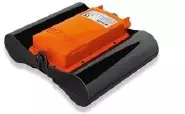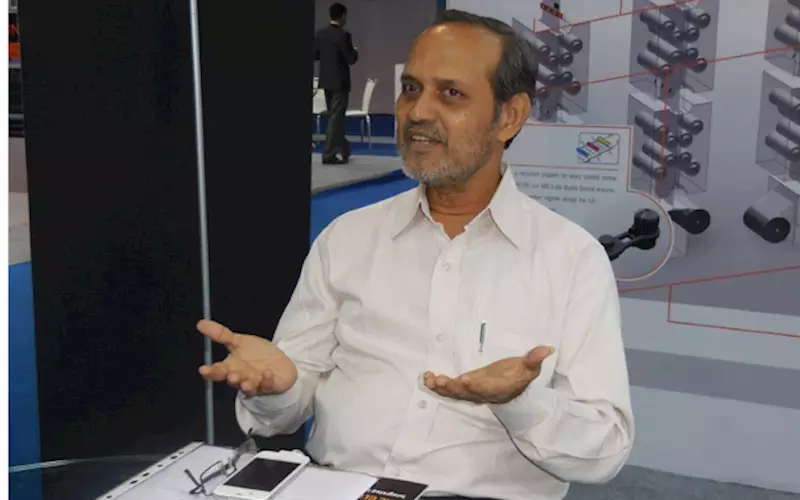QI Press Controls ups ante before Wan-Ifra in Kolkata
QI Press Controls (QIPC) continues to be at the forefront of delivering automation systems for newspapers in India. This statement was issued by Vijay Pandya, who is the managing director of the QIPC operations in India on the eve of the forthcoming Wan-Ifra India 2016 Conference from 21-22 September, at the Swissotel in Kolkata.
16 Sep 2016 | By Rahul Kumar
In recent times, QIPC has notched a high degree of success with the latest generation of colour and the cut-off register control system: the mRC–3D. QIPC's recent successful installations includes newspaper majors like Mathrubhumi, Malayala Manorama, The Hindu, Pudhari Publications, Jagran Prakashan, Sanmarg, Pratidin, Lokmat etc.

Pandya mentioned, "The mRC–3D has proved to be a highly productive and useful automation tool in book, magazine and commercial printing. We have tremendous success in these market segments with installations at SAP Print Solutions, CDC Printers, Sahitya Mudranalaya, Jyoti Book Depot, Vikas Publishing House, MM Publications, Printplus, etc."
Talking exclusively to PrintWeek India, Pandya said, "QIPC is known for providing innovative solutions to make printing process more automated, productive with higher level of quality by using advanced technology. Our philosophy is to innovate by using better technology and not going backward by using older technology."
Since, Wan-Ifra does not have an Expo, QIPC will not have a stall to display its wares. But one of the technologies Pandya's team will talk about is the "the automatic closed loop colour control system called IDS – 3D."
At the moment QIPC do not have any installation of this inline closed loop colour control system IDS–3D in India. However, Pandya added, "we have several projects in the pipeline."
The IDS–3D, because of its top level of technology is a huge success in Western countries, particularly in Europe. Pandya said, "We have more than 300 towers equipped with inline colour controls. This is a new level of automation, and so far, has not been adopted by Indian newspaper printers."
When pressed further about the advantage of such a system, Pandya mentioned the five-point mantra:
- Saving in time
- Savings in ink
- Savings in manpower
- Substantial improvements in consistency
- Repeatability of quality of printed colours
Newspaper groups like, The Times of India, The Hindu, Malayala Manorama, The Printers' Mysore, Mathrubhumi, Dinamalar and commercial printers like Kalajyothi, Thomson Press are migrating towards this level of automation.
Pandya mentioned one impact of such a system will be the discarding of colour control strips. Pandya said, "It is still a normal way for measuring and controlling colours, offline. However image-based colour measurement technology which is deployed in IDS–3D is more in use now. Soon enough, the traditional strip / colour bars will become a thing of the past, particularly in newspaper printing where print space and cut-off lengths are becoming more and more critical."
QIPC–EAE joint-venture
QIPC is one of the top suppliers of "innovative, high-quality optical measurement and control systems". It was in the news two years ago in 2014, for the acquisition of EAE, the leading supplier of control, automation and software solutions for the printing industry.
When probed what is the advantage of this deal, Pandya stated, "The QIPC–EAE joint-venture delivers total solutions for web offset presses in the printing industry. From pre-press to mailroom, QIPC–EAE provides solutions that not only lead to production reliability, but enhanced performance as well.
The combined forces of QIPC–EAE has launched new products in 2016, which include:
- New Generation Press Control Station Desk 7 – a single centre of control for the web printing press with a high level of automation with simplicity, ease of touch commands and clear operational visibility of the complete print operations.
- IBS 100 – An image-based full web print inspection, colour control and register control system for packaging and digital presses.











 See All
See All